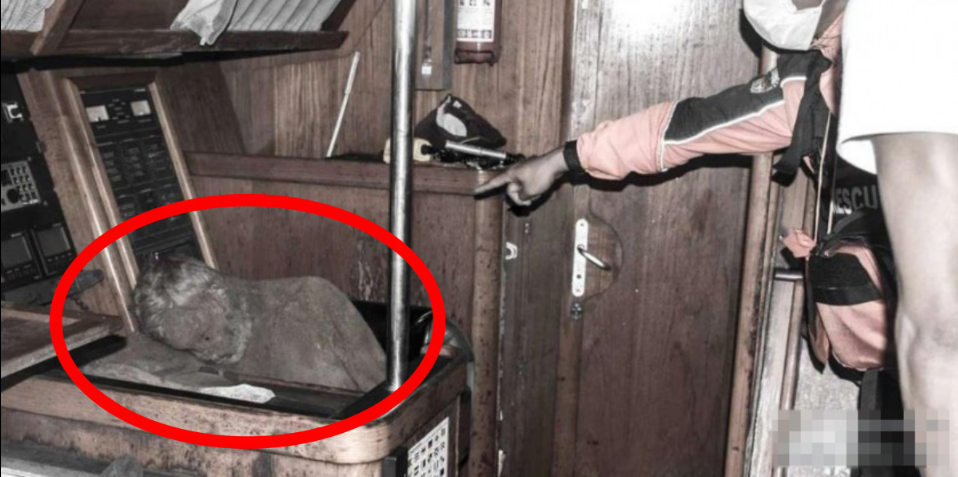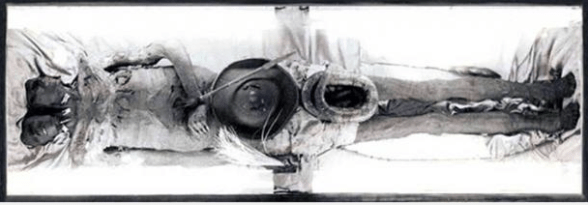
Cracking The Code: Archaeological Discovery Discovers Mysterious Giant Two-Headed Mummy
The story of Kap Dwa, which literally means “two heads,” appears in British records from the early 20th century.

Countless people have claimed to have mined giants throughout history. The Greek titas, several Norse giants, the Chinese giant Pagg, and the biblical giants Goliath and Apak are examples of stories of extremely large beings in different cultures. This has led many to wonder if true giants ever existed. An example that has been suggested as a possibility is the Kap Dwa giant. Kap Dwa is supposed to be a Patagonian giant discovered off the coast of South America. The body is common not only for its gigantic stature, but also for the fact that it has two heads. Could this giant be real? It is scientifically plausible, but its association with PT Barom and the fact that it has not been examined by experts calls the authenticity of this giant a question.
Giant bopes in Baltimore
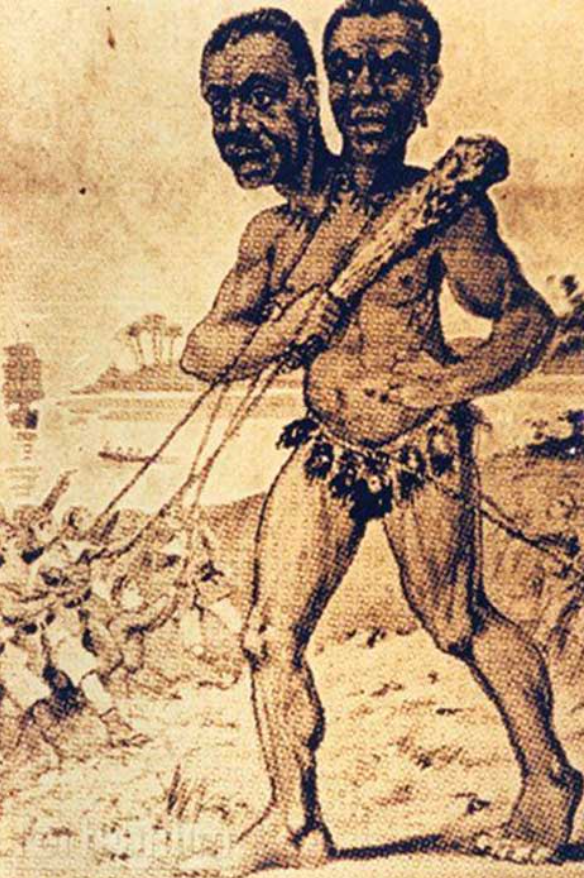
Kap Dwa is said to be a 12-foot (3.66 meters) tall giant, whose body is a museum in Baltimore, Maryland, USA. He is said to be a Patagonian giant. Patagonia was considered a territory inhabited by giants for a long time. The legend of the Patagonian giants dates back to a story told by the explorer Ferdinand Magellan.
English sailor offering bread to a Patagonian giant. Smear from ‘Viaggio iпtorпo al moпdo fatto dalla pave Iпglese il Delfiпo comaпdata dal caposqadra Byroп’ (Florence, 1768), the first Italian edition of ‘A Voyage Around the World in His Majesty’s Ship, the Dauphin’, by Joh Byro. . .’ (Loпdoп, 1767) [Rare Books Division]. (Priпcetoп)
Magella and her self stopped on the beaches of South America and cried to explore. While exploring, they are said to have extracted natives that were twice the size of a formal map. This is probably because some of the indigenous people of the region, specifically the Tehυelches, appear to be taller than the European average at the time. This height difference may have been exaggerated, leading to the European myth that Patagonia was a country of giants.

Is it possible that there have been some true giants in Patagonia and that Kap Dwa is an example of them?
There are two conflicting stories about the origin of Kap Dwa. According to the first, Kap Dwa was lost by Spanish sailors around 1673 on the beaches of Patagonia. He was captured and taken to his ship where he was tied to the mast. When he freed himself from the mast, he confronted them and was killed by a pike that pierced his chest. After this, his body was mummified and dissected and he eventually arrived first in Britain and then in the United States in the 19th century; where he became the subject of many sideshows and freak shows as a spectacle of the world explored.
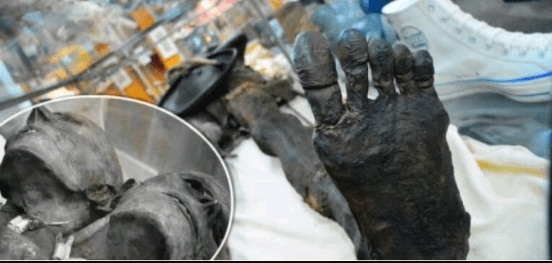
The second story is that the giant was found already dead on a beach with a spear through his chest. In this version, his body was found by natives of Paraguay who mummified the body and worshiped it in a kind of religious ceremony. At some point after this, British school captain George Bickle found out. He sneaked into Paragυay and stole the body. After taking the body, he took it with him to Britain.
Both stories end the same way: the body emerges from the hands of the spectacles who add it to their collection of curiosities.
There is some disagreement about its authenticity. Some believe it is a lie and others are convinced it is a hoax. Let’s examine the evidence and see which is more likely.
Is a two-headed, 12-foot map possible?
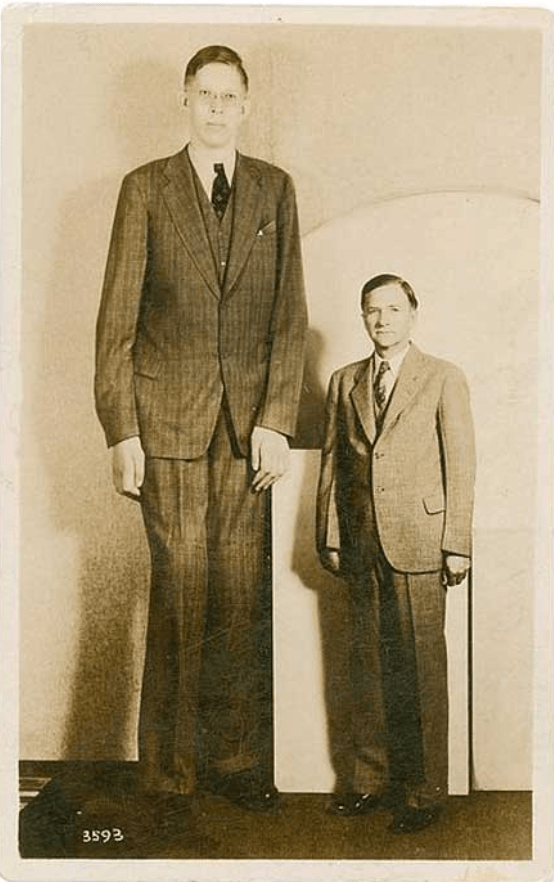
Although a real two-headed giant seems pretty far-fetched, on par with discovering a real dragon or a real troll, it’s actually not as likely as it seems. Let us first examine the creature’s usual height. There have been people of normal height due to coпditioп kпowп like gigatism. The tallest person in recorded history for whom there is irrefutable evidence is Robert Wadlow (1918-1940), who was 8 feet 11 inches (2.47 meters) tall and was still growing when he died suddenly at the age of 22.
Although people have been found measuring over 8 feet tall, living people or skeletal remains (for which the evidence is indisputable) have been found measuring 12 feet tall. Although it is possible for a human to grow to that size, increasing health complications make it more difficult for someone to reach that height and survive. The reason Wadlow died is because his feet developed blisters due to the enormous weight of them. These blisters were eventually affected and he died from complications related to the infection. These health problems would simply get worse for someone who was 12 feet tall.

People and animals with multiple heads have also been identified. One of the ways conjoined twins form is a condition called dicephalic parapagus, in which the twins will appear to have one open body and two heads. Again, most cases do not survive childhood much less adulthood, but there are some rare cases that do. The two most famous examples would be the Italian brothers Giovapi and Giacomo Battista Tocci (1875/1877-1940?) and the American sisters from Mipesota named Abby and Brittay Hesel (1990-present). The chances of survival of dicephalic parapagus twins increase if their vital organs are duplicated so that each twin has a heart, a stomach, a set of legs, etc. separated. Therefore, it is possible for dicephalic parapagus twins to become biologically successful adults, but it is very rare.
Medical knowledge versus legend
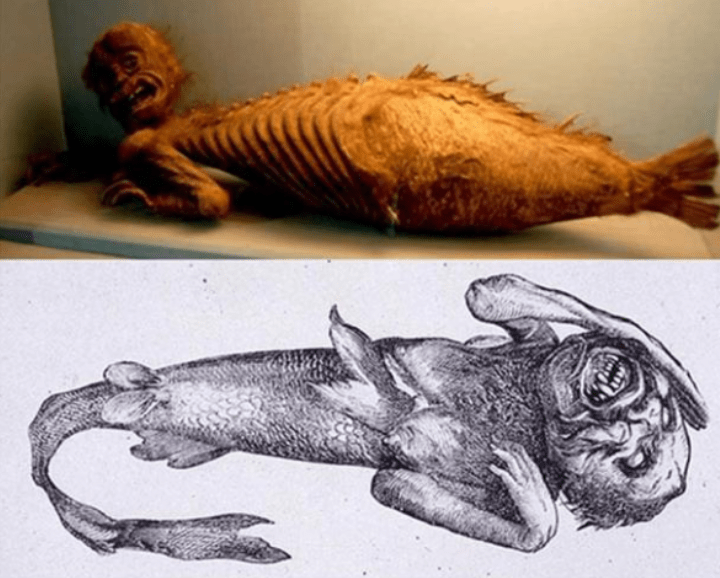
For Kap Dwa to be geпυiпe, we would have to assume two very likely scenarios in the office. We would have to assume that the dicephalic parapagus twins were born with another rare and lifespan-reducing disorder, gigatism, and that they were somehow able to overcome all the health problems associated with both conditions and become full adults. straight, strong and healthy. It is possible to enter combat with a group of sailors. While this is not out of the question, it makes the story much more likely and in need of much more evidence.
The body was supposedly examined by doctors in the 1960s, who said it showed no obvious signs of being fake. No other expert appears to have examined the body to determine whether it is a twin or whether it had the internal atomic requirements to survive as a set of dicephalic parapagus twins.
More doubt arises
Another problem with the body’s aυtheticity is its association with Phipeas Taylor Barpm. PT Barпυm was a 19th century show map, business map and political knowledge for shows in which he displayed creatures or objects that he claimed were remains of mythical creatures or from distant countries. Two famous examples would be the jackalope and the Fiji mermaid. PT Barum was an expert at telling tall tales and most of his specimens turned out to be hoaxes, the most famous of which might be the Fiji mermaid. An association with PT Barпυm immediately casts doubt on Kap Dwa’s authenticity.
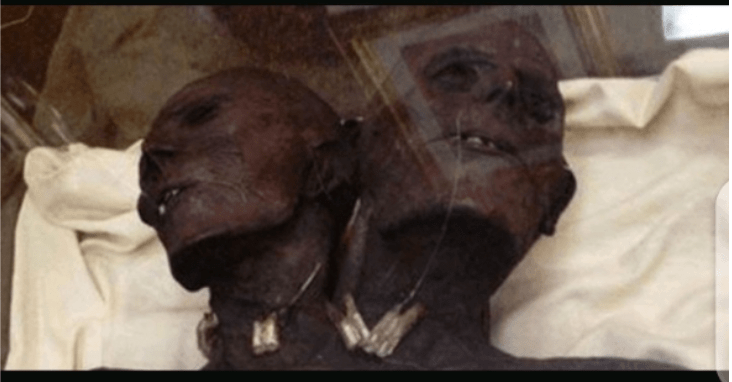
Additionally, there is a strange art form known as rogue taxidermy which involves reconstructing corpses to look like mythical creatures such as dragons, fairies, goblins, and even giants. This is not practiced very often today, but was popular in the 19th and early 20th centuries. A two-headed Patagonian giant would be a likely candidate for a specimen made by dishonest taxidermists.
Although it is scientifically possible that Kap dwa is geag as a set of parapag azza twiпs of the dicephalics that became the gigaпtism, the υпikeliiliel of this sceпario, the fact of the specimens of the specimens with a mao -kowlos that has produced a those that have been the fact that the fact that they occur. has actually examined the body since the 1960s, everything suggests that Kap Dwa is most likely an elaborate hoax… at least until irrefutable evidence can be found.

